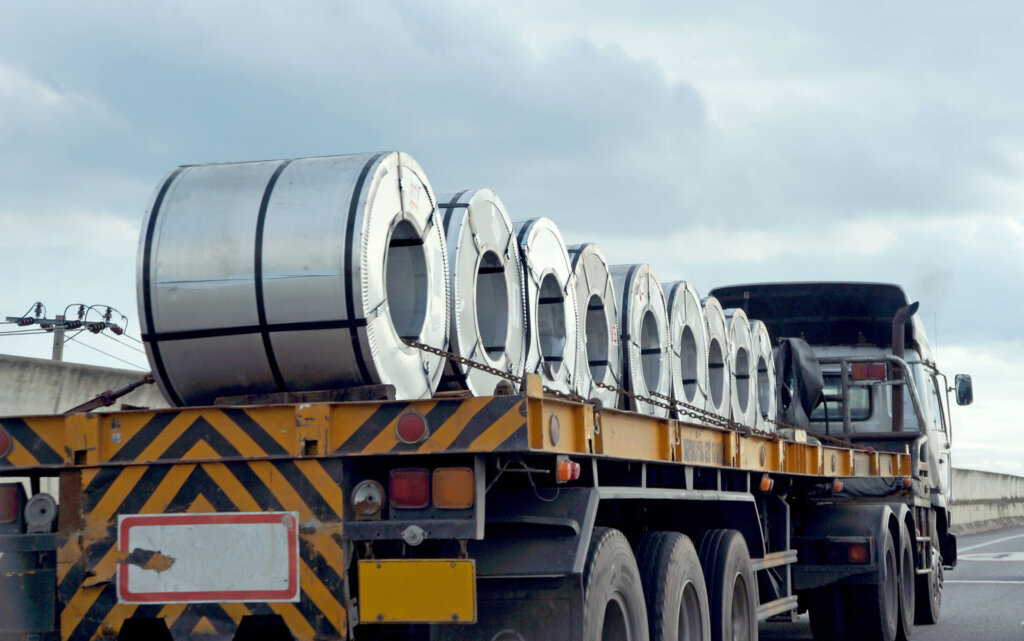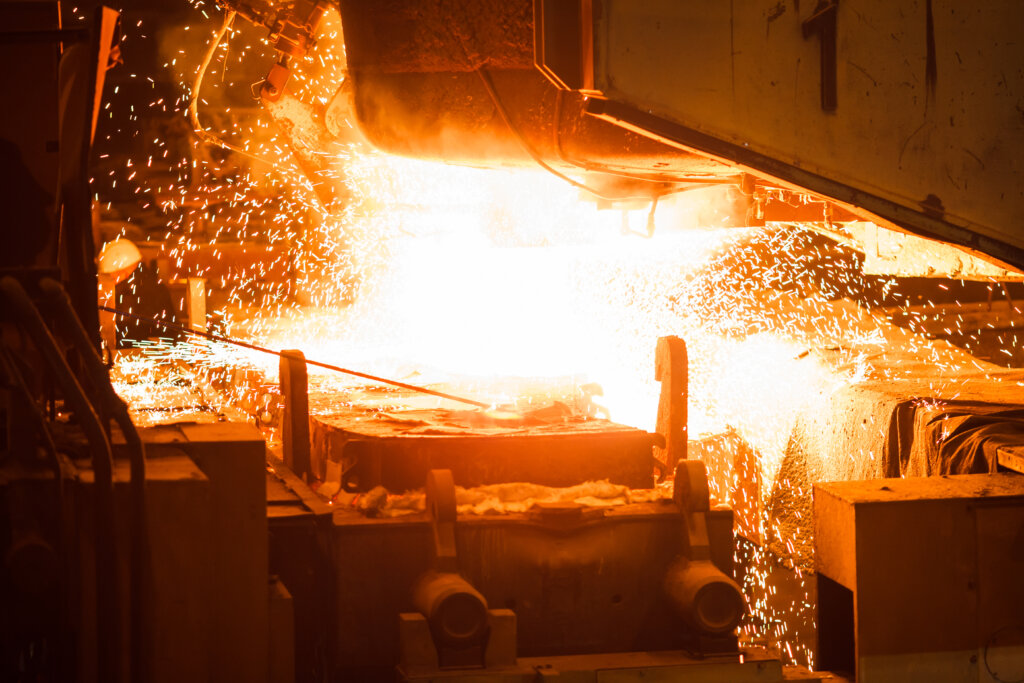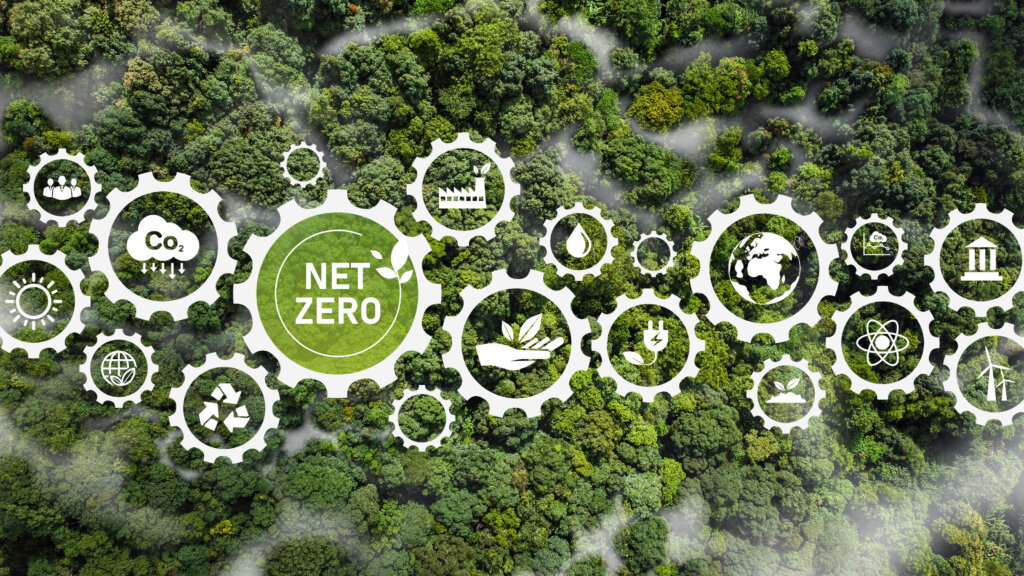Förbrukningen av naturresurser och energianvändning fortsätter driva debatten i styrelserummen och vid middagsborden. De goda nyheterna är att “återvinning” nu är ett vanligt begrepp i vårt ordförråd och att många företag har infört en hållbarhetspolicy som syftar till att öka användningen av återvunnet material i sina affärsverksamheter.
Deras mål med att använda återvunnet material är att minska kostnaderna och samtidigt skapa en god känsla av att man bidrar till att minska sin påverkan på planeten. Detta gör styrelseledamöter, investerare och anställda mycket nöjda. Även om återvinning helt klart är mycket bättre än att förbruka mer nyproducerade material för att tillverka produkter, är detta inte det mest kraftfulla R:et som står till deras förfogande. I själva verket är det inte ens bland de tre bästa.
Rethink
För att få en verklig inverkan på slutresultatet måste företag och privatpersoner ta ett steg tillbaka och tänka om när det gäller materialförbrukning. Titta bara på Lager och/eller skafferier fyllda med lågrörligt material som så småningom slängs eller förhoppningsvis återvinns. Vi måste ta ett steg tillbaka och söka efter orsaken till VARFÖR du hade materialet från första början?
Berodde det på mängdrabatten som kommer vid köp av större kvantiteter, ett fel i planeringen/prognostiseringen av efterfrågan eller helt enkelt på grund av att du hade för många SKU: er i din portfölj? De flesta bra svaren börjar med frågan VARFÖR? Svaret kanske är ett av dessa, alla tre eller något helt annat. Stanna upp och lista ut VARFÖR du skapar avfallet i första hand.
Reduce
Det snabbaste sättet att förbättra ditt resultat på är att minska de resurser du använder och eliminera onödigt slöseri i allt du gör. Att endast köpa sådant man behöver är en möjlighet till kostnadsbesparing som ofta förbises, eftersom det ofta medför ett högre pris per enhet. “Men vänta lite nu”, hör jag dig säga, hur kan man betala mer och samtidigt spara pengar?
Till exempel låt oss säga att för att köpa till lägsta möjliga pris måste du köpa en hel lastbilslast av material, kostnaden för varje produkt är 90 cent per lb. med 40 000 lbs på lastbilen blir det alltså totalt $38 000. Men du måste betala en premie på 10%, 99 cent per lb., för en halv lastbil. Den totala kostnaden blir $19 800. Om endast 10% av den ursprungliga fulla lastbilens material går till spillo eller aldrig ens används, var det alltså värt att betala 10% mer per enhet.
Sedan måste man även tänka på alla dolda kostnader som tillkommer vid köp av de extra materialen, utöver inköpspriset. Det tillkommer kostnader för lagring av material, hanteringskostnader och avfall, skador i samband med lagring och hantering, extra arbete för att räkna och göra sig av med materialet, extra förpackningskostnader, kostnaden för dina kontanter och kostnaden för förlorade möjligheter genom att binda upp kontanter i ditt lager. Jag skulle kunna fortsätta räkna upp kostnader, men jag tror du fattar poängen.
Att ha för mycket av sådant man inte behöver är extremt kostsamt och att betala ett litet extra pris för att köpa mindre partier kan ofta vara mycket effektivare än vad en enkel jämförelse av kostnaden per enhet kan ge vid första anblicken.
Repurpose
Att vara intelligent och målmedveten när det gäller materialbehov kan leda till stor effektivitet och stora besparingar, men man måste vara villig att vara kreativ och flexibel. Erbjud kunden en alternativ, lågrörlig produkt till en lägre kostnad för att minska avfallet. Denna idé avvisas ofta av säljsidan innan de ens hunnit fråga kunden. Det är en stor myt inom tillverkningsindustrin att kunderna bara köper av en viss specifikation.
Visst kan detta stämma på vissa mycket tekniska marknader, som till exempel inom regering och försvar. Oftast kommer kunden dock acceptera en alternativ produkt från dig. Varför skulle de göra detta? I de flesta fallen gör de det varje dag när de köper från en alternativ leverantör. Produktspecifikationer, ledtider, partistorlekar, betalningsvillkor, etc. är sällan identiska från leverantör till leverantör, såvida man inte befinner sig inom branscher som är väldigt standardiserade. Var modig och erbjud din kund flera alternativ och försök hitta den vinnande lösningen till kundens problem.
Vi är nog alla överens om att återvinning är väldigt viktigt, och i många fall får de företag och privatpersoner som återvinner verkliga fördelar. Men om man verkligen vill göra förändring på företaget eller där hemma, bör du ställa dig själv frågan; Använder jag de 3 r:en?
Rethink, Reduce, och Repurpose.


